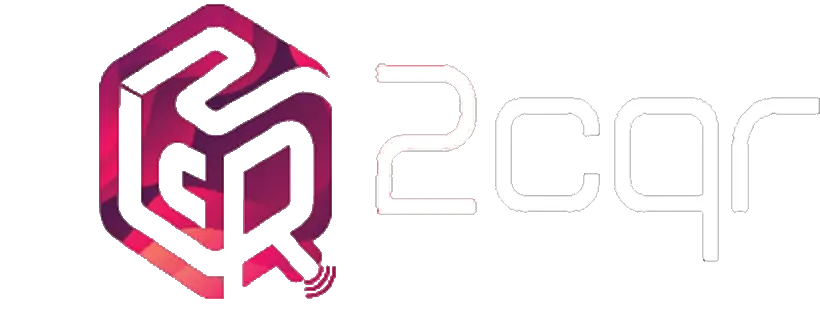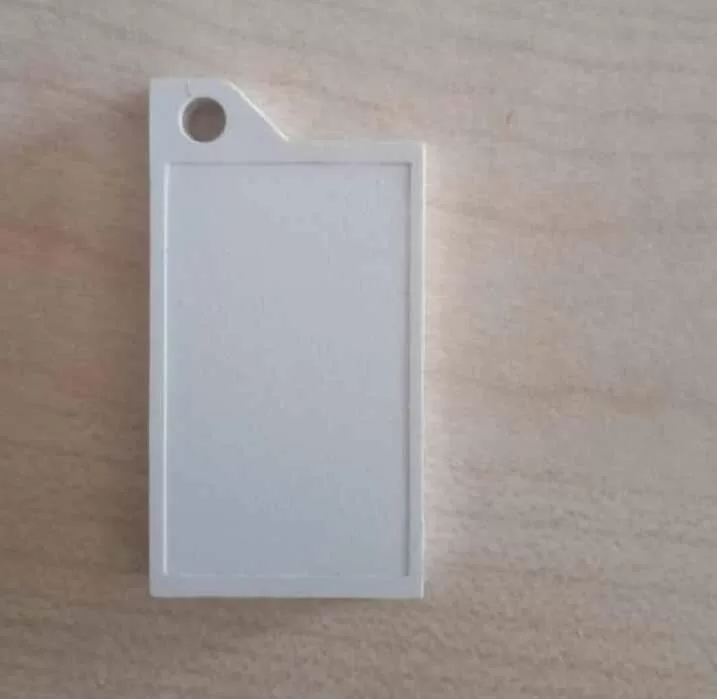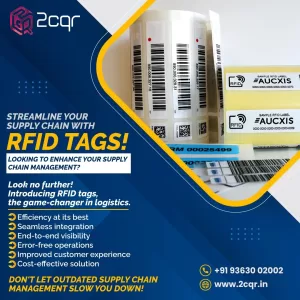Overview
UHF is an efficient wireless communication technique that enables the transmission and reception of data over a large distance. RFID tags enable automated identification.
A typical RFID UHF tag has an integrated circuit (IC) chip and an antenna attached on a substrate like paper label. The IC chip carries the unique identification number and other data such as product information while the antenna transmits and receives data with the RFID reader.
RFID UFH tags can be read rapidly and in large quantities, and they are often longer than other types of RFID tags. This makes them helpful for applications such as tracking large numbers of items in an organisation.


